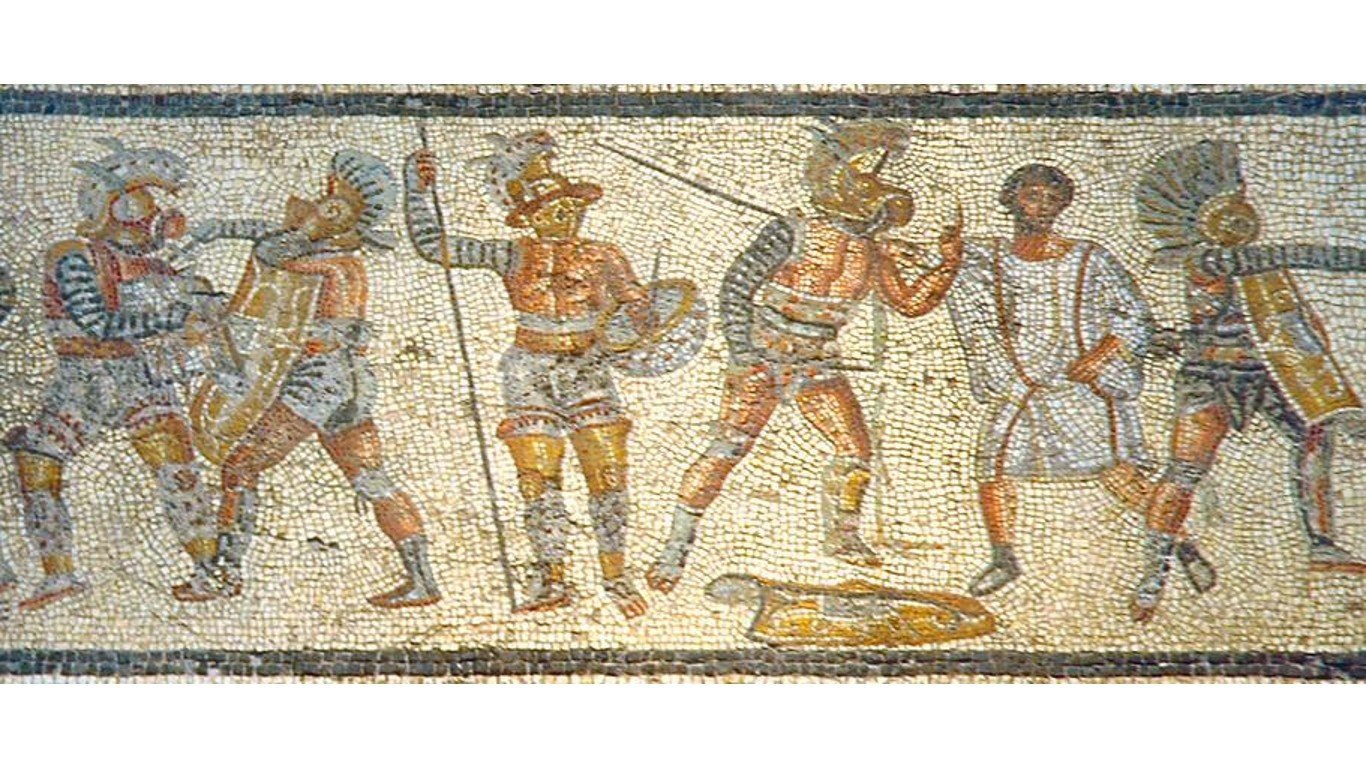

A disaster at Rome’s Fidenae Amphitheatre in 27 AD killed an estimated 20,000 people, making it the deadliest structural failure in human history, according to ForneyVault, a software company that provides testing for construction materials. The amphitheater, which could seat 50,000 people, was made of wood and collapsed on its opening day.
While the Fidenae disaster was the deadliest structural failure in human history, it is not the only one. In 2008, a bridge in Minneapolis collapsed, killing 13 people. In 2018, a bridge in Genoa, Italy, collapsed, killing 43 people.
Structural failures can occur for many reasons. Bridges can be overloaded or hit by flash floods with weight and forces not accounted for in the initial design. There can be poor construction of the structure and the foundation, engineering errors, and use of poor materials among others. Whatever the cause, they are nearly always devastating.
A recent bridge collapse in India killed at least 141 people, including children. This tragedy highlights the importance of bridge safety. Structural failures can have a devastating impact on human lives.
Click here to see the deadliest structure collapses of all time.
This article was written with the assistance of A.I. technology, and has been edited and fact-checked by Melly Alazraki.
Sponsored: Attention Savvy Investors: Speak to 3 Financial Experts – FREE
Ever wanted an extra set of eyes on an investment you’re considering? Now you can speak with up to 3 financial experts in your area for FREE. By simply
clicking here you can begin to match with financial professionals who can help guide you through the financial decisions you’re making. And the best part? The first conversation with them is free.
Click here to match with up to 3 financial pros who would be excited to help you make financial decisions.
Thank you for reading! Have some feedback for us?
Contact the 24/7 Wall St. editorial team.



